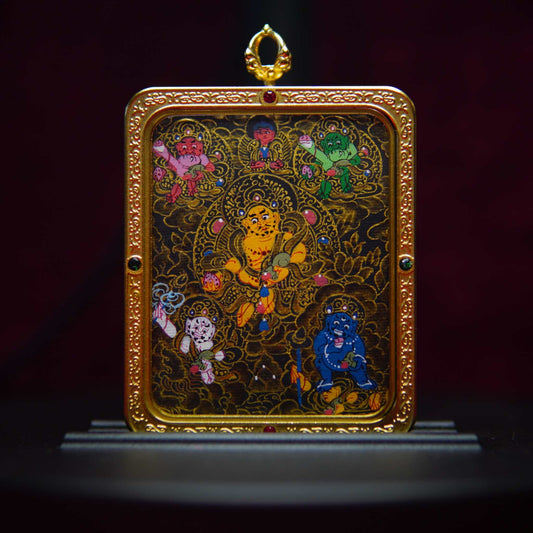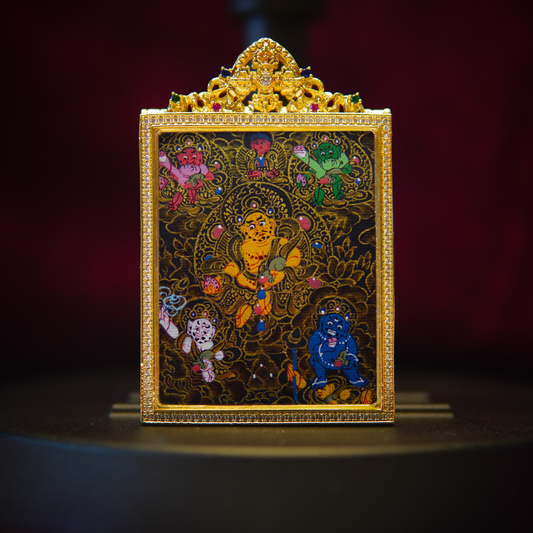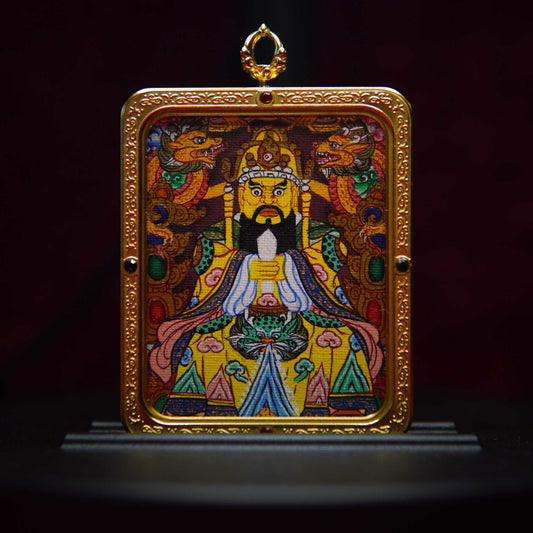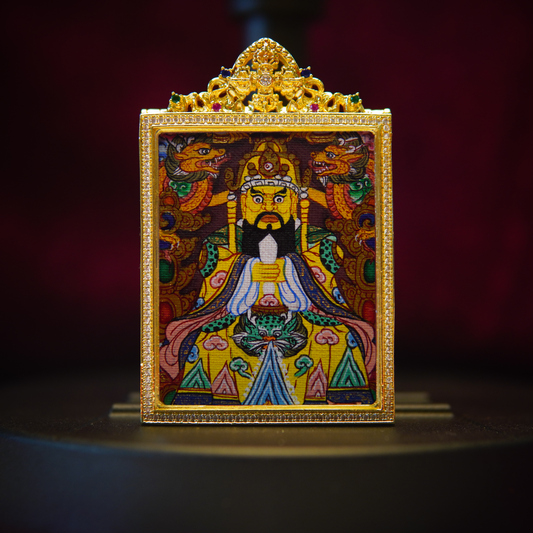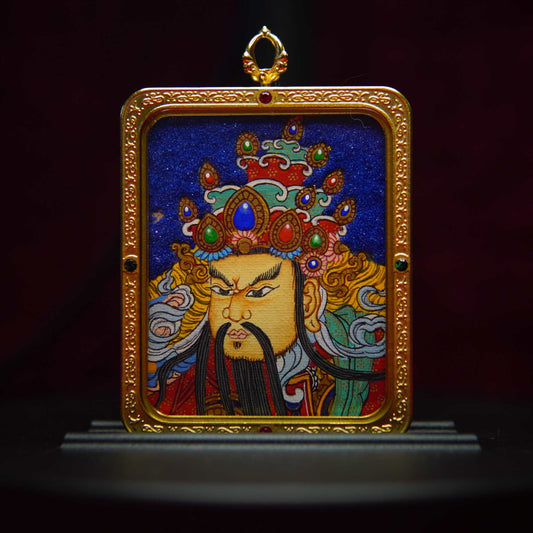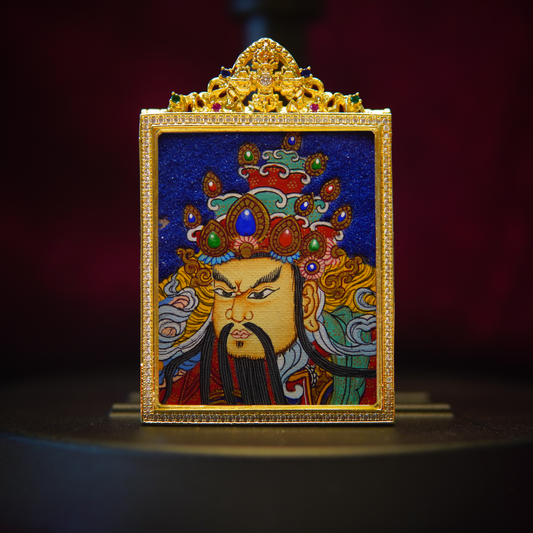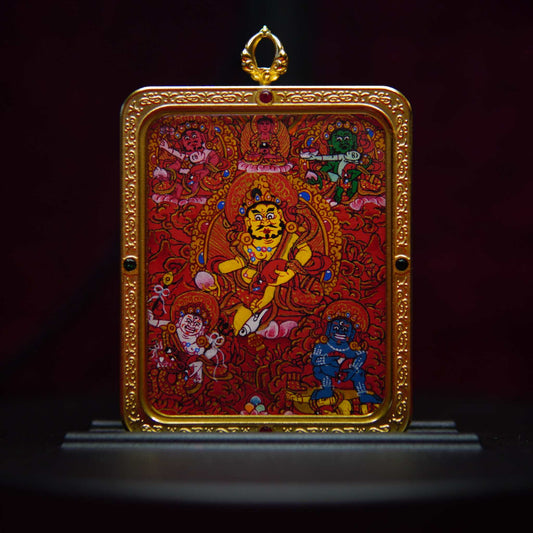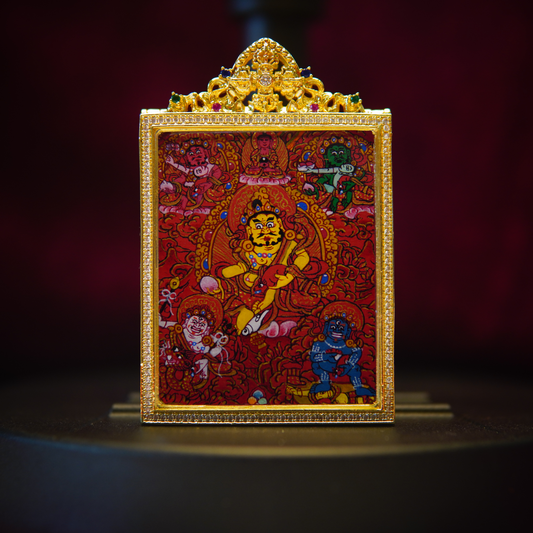Green Tara vs White Tara: Key Differences and Spiritual Benefits
TapitaIn Tibetan Buddhism, Tara is one of the most beloved and revered goddesses — but did you know there are 21 forms of Tara, with Green Tara and White Tara being the most popular? While they may seem similar at first glance, each embodies distinct energies and serves unique spiritual purposes.
In this post, we’ll explore the difference between Green Tara and White Tara, their symbolism, mantras, and how to choose the right Tara practice or pendant for your spiritual path.
Who Is Tara in Tibetan Buddhism?
Tara is known as the “Mother of Liberation”, a female Buddha and compassionate protector who swiftly responds to the cries of beings. She is said to have been born from the tears of Avalokiteshvara (Chenrezig), the bodhisattva of compassion.
There are many forms of Tara, each associated with different colors, postures, and powers. Among them, Green Tara and White Tara are the most widely practiced in both devotional chanting and spiritual jewelry.
Green Tara: The Swift Protectress
🟩 Symbolism:
- Color: Green, representing active compassion, energy, and protection
- Posture: One leg extended — ready to act swiftly to help those in need
- Mantra: Om Tare Tuttare Ture Soha
🔮 Powers and Qualities:
- Removes fears, obstacles, and dangers
- Protects from the "eight great fears" (natural, emotional, and spiritual threats)
- Swift action — she responds quickly to prayers
- Often called upon during difficult transitions, anxiety, or crisis
🌿 Ideal for:
- People facing urgent challenges or instability
- Those seeking energetic support and protection
- Daily mantra practitioners who want immediate connection
White Tara: The Goddess of Healing and Longevity
⚪ Symbolism:
- Color: White, symbolizing purity, serenity, and healing light
- Posture: Seated in full lotus, radiating peaceful stillness
- Mantra: Om Tare Tuttare Ture Mama Ayuh Punya Jñana Pustim Kuru Soha
💫 Powers and Qualities:
- Heals illnesses and calms emotional distress
- Enhances physical health and prolongs life
- Embodies maternal compassion and nurturing love
- Often depicted with seven eyes, symbolizing deep spiritual awareness
🌸 Ideal for:
- People recovering from illness or seeking inner peace
- Elderly practitioners or those doing long life practices
- Those looking to soften grief or cultivate gentle compassion
How to Choose: Green Tara or White Tara?
| Your Need or Intention | Recommended Tara |
|---|---|
| Facing fear, danger, or obstacles | Green Tara |
| Seeking healing or inner calm | White Tara |
| Need for fast response/protection | Green Tara |
| Want to enhance health/longevity | White Tara |
| Desire energetic support | Green Tara |
| Desire emotional healing | White Tara |
Tip: Many practitioners work with both Taras at different times. Green Tara is the action, while White Tara is the healing.
Lorem ipsum dolor sit amet consectetur. Nunc pharetra scelerisque faucibus ante.
Lorem ipsum dolor sit amet consectetur.
Yes! Wearing Green Tara and White Tara pendants together balances active energy with peaceful presence. Some people meditate with one in the morning and one at night, or alternate based on what’s happening in life.
Many of our customers love pairing a hand-painted Green Tara Thangka pendant (for daytime strength) with a White Tara pendant worn during sleep or healing work.
Conclusion
Green Tara and White Tara are two sides of the same compassionate coin — one protects, the other heals. Whether you’re facing fear or seeking peace, there is a Tara who walks with you.
By understanding their differences, you can build a deeper connection and choose the right mantra practice, ritual, or spiritual pendant to support your journey.

